Use protective markings for government information. Follow your organisation’s procedures to add them.
Add protective markings to government information
The Protective Security Policy Framework (PSPF) requires Australian Government agencies to follow specific security practices to protect information and resources. Follow your organisation's procedures when assessing government information and applying protective markings.
All information from government business operations and services are given the following protective markings:
- There are 4 levels of security classification – ‘Official: Sensitive’, ‘Protected’, ‘Secret’ and ‘Top Secret’.
– All security-classified information, including emails, must carry protective markings.
– Information metadata is also marked. - All other information is marked as ‘Official’ (a routine level of protection) or ‘Unofficial’ (information that is not part of official duties).
– ‘Official’ and ‘Unofficial’ are not security classifications and are not mandatory markings. - Other protective markings include caveats (such as codewords and special handling instructions) and information management markers.
– Caveat markings are mandatory for security classifications of Protected or higher.
– Information management markers are optional.
PSPF requirements include how the information is classified and marked, and what this means for its storage, handling, access and disposal. For more information, consult the PSPF Annual Release and Standards. Or consult your organisation’s protective security policy.
Security classification requirements
The Protective Security Policy Framework (PSPF) explains how protective markings should be formatted. To achieve clearly identifiable protective markings, the PSPF recommends:
- using capitals, bold text, large font and a distinctive colour (red preferred)
- placing markings at the centre top and bottom of each page
- separating markings by a double forward slash to help clearly differentiate each marking.
When you write for the Australian Government, be aware of PSPF requirements for government information. Follow organisational procedures to apply security classifications and protective markings to content before referring to the PSPF.
Agency implementation of the PSPF is supported by the Department of Home Affairs.
Use initial capitals to write about protective markings
In general content, use an initial capital unless you are reporting how the protective marking actually appears on the page. In that instance, write the marking as it appears and use quotation marks.
Example
Only those with an existing Negative Vetting 1 security clearance are considered for supervised temporary access to Top Secret information.
The field report was stamped ‘TOP SECRET’.
Release notes
The digital edition provides detailed information about security classifications and information management obligations in the digital environment. It has been updated to include PSPF Annual Release 2024.
The sixth edition did not include information about the Australian Government protective security policy, the classification of information or protective markings. The chapter ‘Restrictions on publishing’ in the sixth edition focused on legal protections such as copyright, privacy and defamation.
The Content Guide did not include information about security classifications.
About this page
References
Department of Home Affairs (n.d.) About PSPF, protectivesecurity.gov.au, accessed 13 March 2025.
Department of Home Affairs (2024) PSPF annual release, protectivesecurity.gov.au, accessed 6 March 2025.
Department of Home Affairs (2024) PSPF guidelines, protectivesecurity.gov.au, accessed 13 March 2025.
Department of Home Affairs (n.d.) PSPF standards, protectivesecurity.gov.au, accessed 13 March 2025.
Co-created by
- This page was co-created by Attorney-General's Department
- and Department of Defence.
Last updated
This page was updated Friday 14 March 2025.

